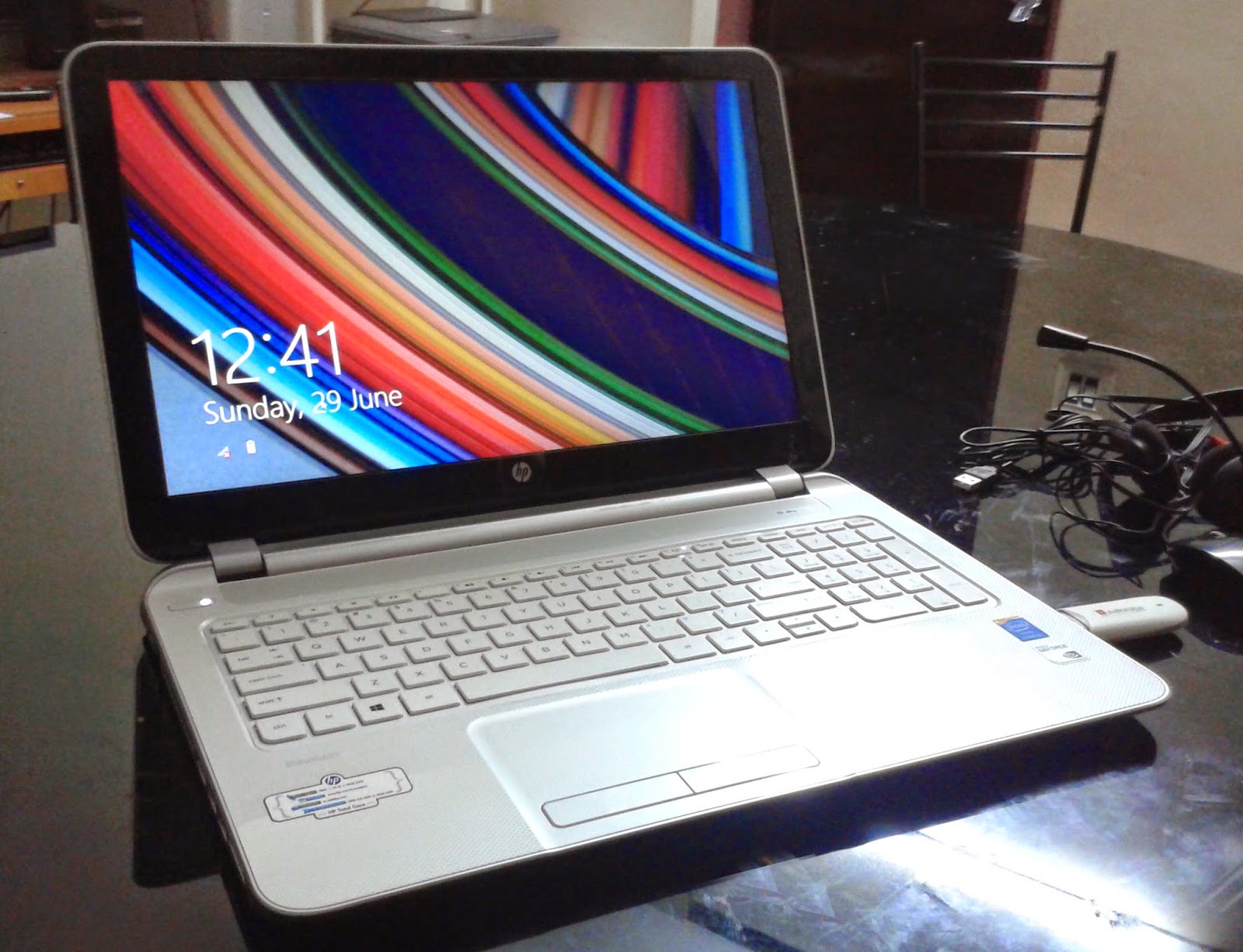desktop.ini file starts automatically : How to fix?
When you start the computer, Notepad starts and one or more text documents that contain the following lines appears on the Windows desktop:
[.ShellClassInfo]
LocalizedResourceName=@%SystemRoot%\system32\shell32.dll,-21787
[.ShellClassInfo]
LocalizedResourceName=@%SystemRoot%\system32\shell32.dll,-21787
Method 1: Delete the Desktop.ini File
- Start Windows Explorer.
- On the Tools menu, click Folder Options, and then click the View tab.
- In the Advanced settings box, click to clear the Hide extensions for known file types check box and the Hide protected operating system files check box (if they are not already cleared), and then click OK.
- Delete any occurrences of the Desktop.ini file that contains the lines described earlier in the "Symptoms" section of this article. To do so:
- Locate each of the following folders, right-click the Desktop.ini file (if the file exists in that folder), and then clickOpen:
- drive:\Documents and Settings\All Users\Start Menu\Programs\Startup
- drive:\Documents and Settings\All Users\Start Menu\Programs
- drive:\Documents and Settings\All Users\Start Menu
where drive is the drive on which Windows is installed.
- Verify that the file contains the following lines:
[.ShellClassInfo]
LocalizedResourceName=@%SystemRoot%\system32\shell32.dll,-21787
If the file contains these lines, right-click the file, click Delete, and then click Yes when you are prompted to confirm the deletion.
- Restart your computer and verify that the issue is resolved.
- Start Windows Explorer.
- On the Tools menu, click Folder Options, and then click the View tab.
- In the Advanced settings box, click to clear the Hide extensions for known file types check box and the Hide protected operating system files check box (if they are not already cleared), and then click OK.
- Delete any occurrences of the Desktop.ini file that contains the lines described earlier in the "Symptoms" section of this article. To do so:
- Locate each of the following folders, right-click the Desktop.ini file (if the file exists in that folder), and then clickOpen:
where drive is the drive on which Windows is installed.
- drive:\Documents and Settings\All Users\Start Menu\Programs\Startup
- drive:\Documents and Settings\All Users\Start Menu\Programs
- drive:\Documents and Settings\All Users\Start Menu
- Verify that the file contains the following lines:
[.ShellClassInfo] LocalizedResourceName=@%SystemRoot%\system32\shell32.dll,-21787
If the file contains these lines, right-click the file, click Delete, and then click Yes when you are prompted to confirm the deletion.- Restart your computer and verify that the issue is resolved.
Method 2: Use the System Configuration Utility (Msconfig.exe) to Disable the Startup Item
- Click Start, and then click Run.
- In the Open box, type msconfig, and then click OK.
- Click the Startup tab.
- Click to clear the check box beside any desktop entries in the Startup Item column that are listed as Common Startupin the Location column, and are also located in any of the following locations (as indicated in the Command column):
- drive:\Documents and Settings\All Users\Start Menu\Programs\Startup
- drive:\Documents and Settings\All Users\Start Menu\Programs
- drive:\Documents and Settings\All Users\Start Menu
- Click OK to quit the System Configuration Utility.
- Restart your computer and verify that the issue is resolved.
- Click Start, and then click Run.
- In the Open box, type msconfig, and then click OK.
- Click the Startup tab.
- Click to clear the check box beside any desktop entries in the Startup Item column that are listed as Common Startupin the Location column, and are also located in any of the following locations (as indicated in the Command column):
- drive:\Documents and Settings\All Users\Start Menu\Programs\Startup
- drive:\Documents and Settings\All Users\Start Menu\Programs
- drive:\Documents and Settings\All Users\Start Menu
- Click OK to quit the System Configuration Utility.
- Restart your computer and verify that the issue is resolved.

Comments
Post a Comment